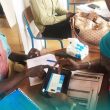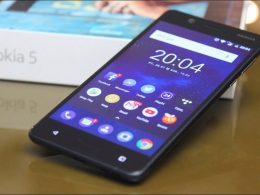By Mark Kawalya
The National Information Technology Survey 2022 was conducted by the National Information Technology Authority (Nita-U) with support from the Uganda government to provide data on internet penetration and use.
The survey found that 94.3% of Ugandan households lack access to the internet at home. The parameters used were whether the household had internet access, the number of family members that used the internet, the kind of internet-enabled devices used, and an estimate of the household’s average internet access-related expenditure. Additionally, the survey sought to find out the reasons why some households are locked out of accessing the internet.
Of the total population, only 5.7% of households had a working internet home-based connection. Four times this percentage were households (13.4%) in urban areas, while only 3.2% of rural households had internet access.
Kampala, Uganda’s capital, along with its surrounding areas, had the highest concentration of places with access to the internet. In South Buganda, one in four households had internet access. Kampala stood at 17%, while in Buganda North the internet accessibility figure stood at 11.5%. Acholi, Bukedi, and Elgon sub-regions had 7% of their households connected to the internet, while the rest of the country had less than 5% of their families connected.
A number of technologies were used to access the internet, with using a smartphone as a modem (via a hotspot connection) being the most popular method (61.4%). The use of USB/ MiFi dongles came in at 26.5%.
The survey tried to determine why 94.3% of households did not have home internet connectivity. The survey indicated that prohibitive hardware costs (48.3%) were the number one cause, while service provision costs being high stood at 40.1%. The final reason dealt with internet literacy issues, with 30.4% reporting not knowing how to use the internet.
Interestingly, the lack of internet literacy was the highest cited reason in 2017-2018, pushing the high cost of equipment to third, while the high service provision costs came fifth. Households typically spent UGX25,000 on internet accessibility, with urban households spending slightly more at UGX30,000.








